After spending the past decade just a little above dormant, Lancia is finally on the way of reshaping itself. It is a great moment to stop and collect what we know about it
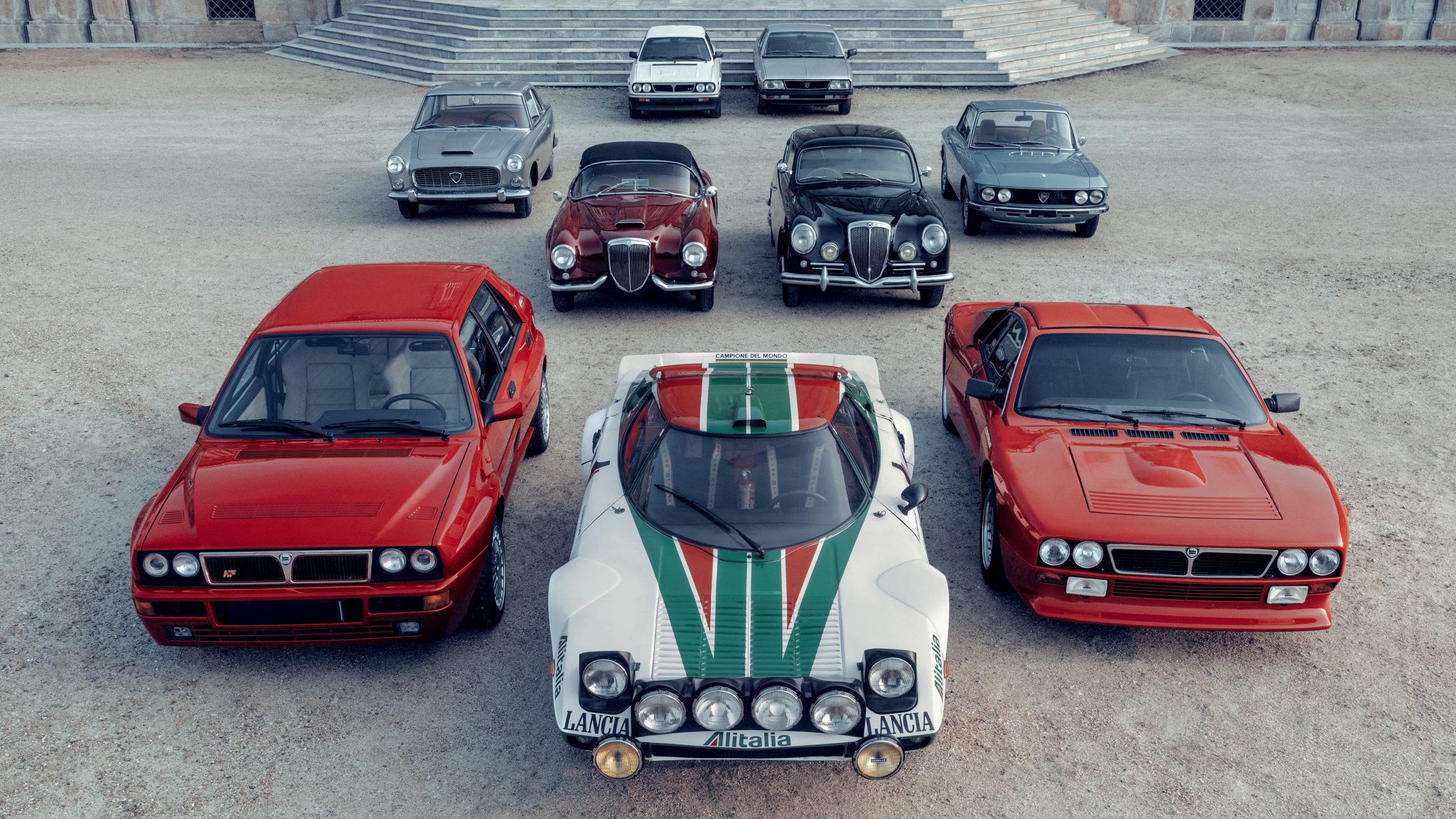
Stellantis has been quite busy with Lancia these days. The company has shown upcoming plans, teased a concept car and, more recently, joined the Metaverse. While some car fans – me included – are delighted with that, others are not. I am sure that, for some of those, the reason is never having heard of Lancia.
In short, Lancia is an Italian division of the global carmaker that spent the past decade standing by. Things changed a lot for its parent over that time, for the better and for the worse. Now that they have stabilized, Stellantis can give the brand the attention it deserves. This article aims to help you catch up with all that.

What is Lancia?
The Turinese automaker was founded in 1906 by Vincenzo Lancia and Claudio Fogolin, former Fiat racing drivers. It quickly became popular in Europe because of its technical innovations. The Theta above was the first car with a complete electrical system while the Lambda used a monocoque chassis for the first time.
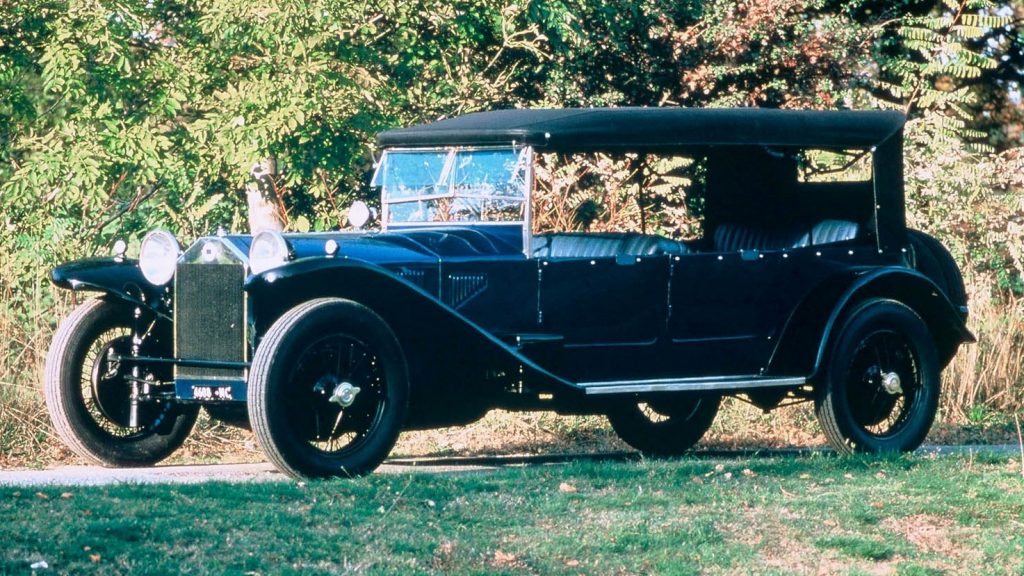
Automobiles were entirely new in the early 20th century, so there was much room for novelty. Lancia was doing a great job pairing innovation with quality but, sadly, that was not enough. Lancia had a slow and complex production process with old-fashioned machinery that ultimately incurred on growing debt.
In essence, Lancia was enduring the effect of not using modularity in its projects. Common parts between its cars were few to none, and that harmed the production flow. Though it had some successful cars, like the Aurelia and the Flaminia, it eventually accepted Fiat’s takeover in 1969. That led it to a new phase.
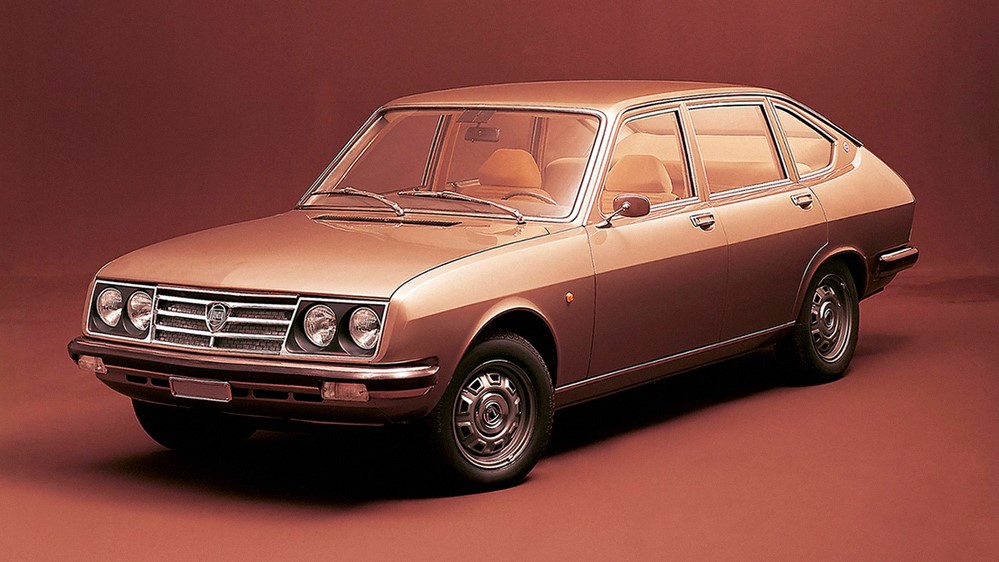
Where are Lancia cars made?
Fiat made sure to preserve the brand’s image. In the 1970s and 1980s, Lancia created all-new models and made itself a competitive line. The Beta earned praise from the specialized press for its refined handling, the Gamma took the brand to a luxury niche, and the Lancia Stratos became the rally beast we all know.
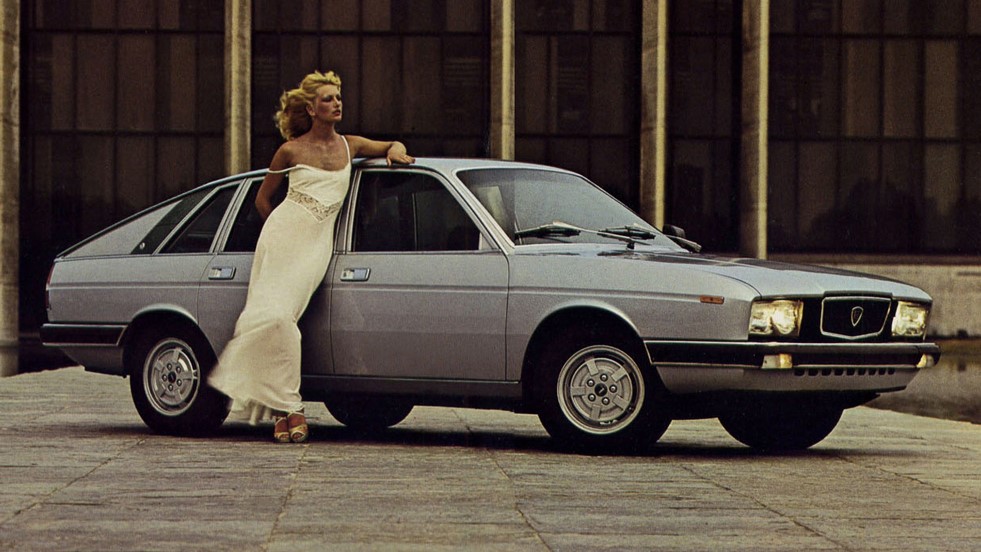
Over time, the need for financial stability drove the Fiat group towards conservative cars. Lancia gradually became sort of a mid-range generalist brand, slotting between Fiat and Alfa Romeo and leaving specialty models to Maserati and Ferrari. Sadly, the Delta became its only remarkable release during that time.
Over the years, globalization made it difficult to keep parallel car lines like those. There were more brands competing for the same buyers, so companies had to make as much money per car as they could. Lancia lacked Alfa Romeo’s sporty appeal and Fiat’s expertise with entry-level cars, so its potential was limited.
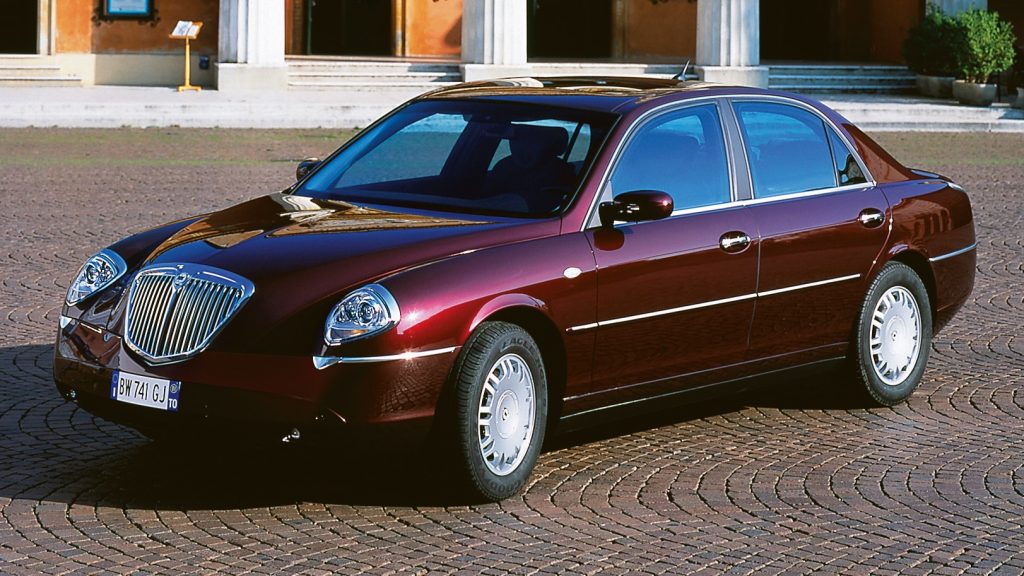
What happened to Lancia?
In the turn of the century, the brand updated its line with a design identity best represented by the Thesis above. Sadly, the public received it with mixed feelings, and it did not turn around its sales. The new Delta became a luxury hatchback, the Musa was a fancier Fiat Idea… Only the Ypsilon was actually competitive.
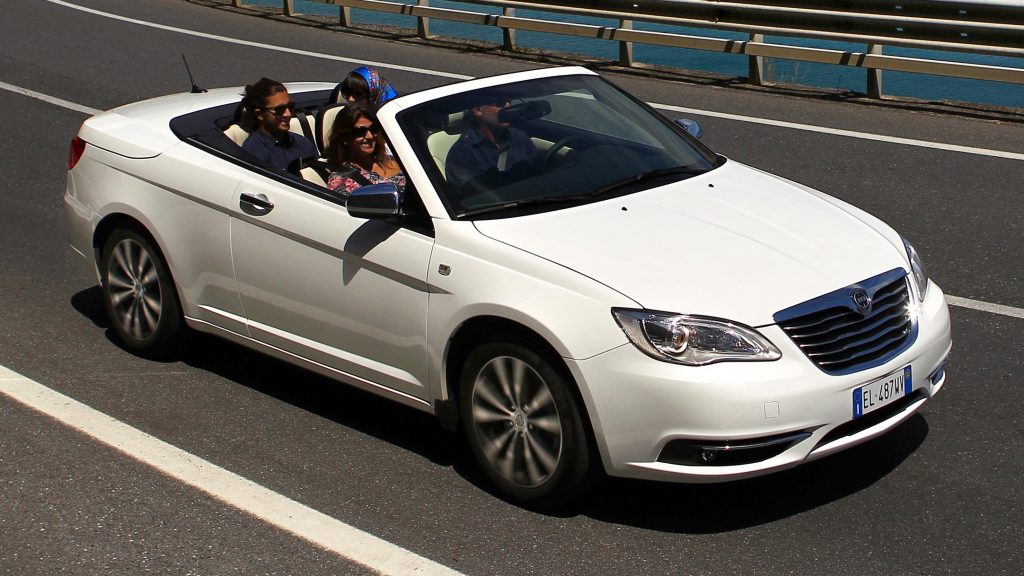
Lancia’s last bout of expansion came in 2007, although it was not so strong. The merger with Chrysler led the newly formed FCA to bring back the concept of captive import. Some cars sold only in North America went to Europe virtually unchanged, only carrying the Lancia brand and being offered by its dealerships.
As usual, captive importing did not work well. Those cars did not convince as Lancia, not to mention they were already aging. The Flavia above, for example, only lasted three years on sale. FCA eventually gave up on them and let the “original” cars live their cycles. Sadly, the following years harmed Lancia once again.

One-man show
The latest financial and health crises forced Stellantis to focus on the most profitable segments and we all know what that means. It overhauled Jeep toward a global presence, finished establishing the RAM brand, and made Fiat even more competitive in Latin America. Those were the priorities for the group’s survival.
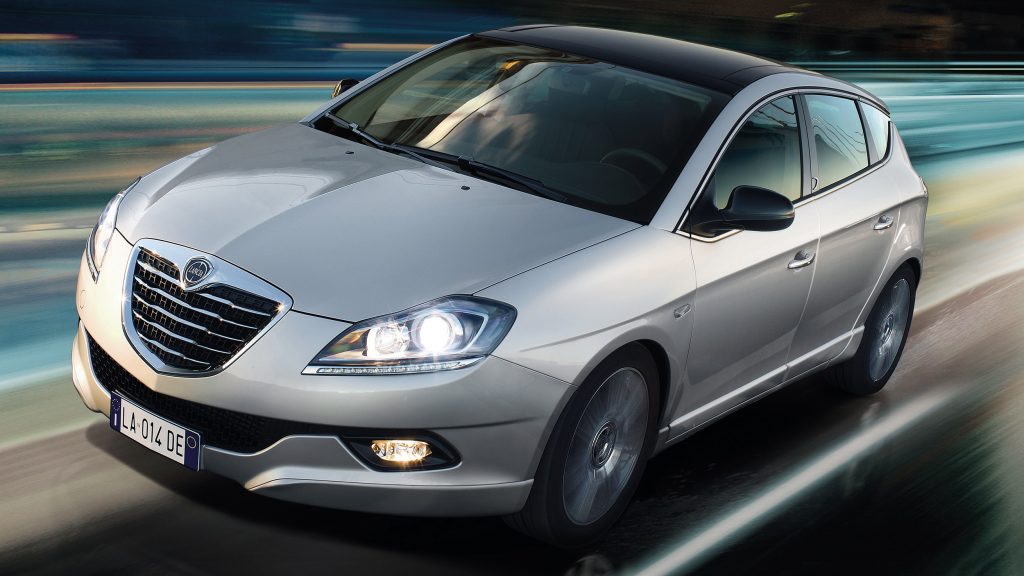
In the meantime, the brand could only do the bare minimum to stay alive: it sold only one car, the Lancia Ypsilon, in only one country, Italy. The current generation was released in 2011 and has received light facelifts every four years or so. The interesting part is that the supermini still manages to reach high yearly sales there.
Now that those other issues are under control, Stellantis could move on. Alfa Romeo, DS and Lancia make part of a premium division which will receive more attention in the next few years. Fortunately, the group understood that the only right option was to start that with Lancia, and that is what is finally happening.
New Stellantis cars
Lancia is a highly traditional brand, so catching it up with the new times is not simple. It is going through a whole renaissance, to quote its videos. The marque is revisiting its essential values and devising ways to project them to a near future with fierce global competition and the prominence of electric powertrain.
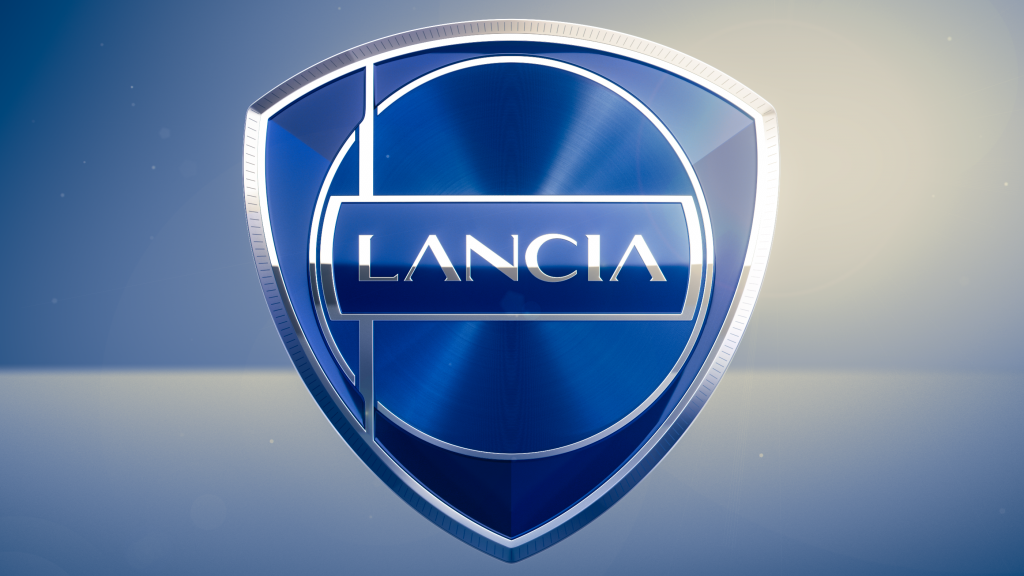
The first concrete products are a new logo, with streamlined style, and the Pu+Ra Zero concept. The latter is a sculpture, rather than a car, but aims to illustrate the new Lancia. We can see smooth shapes that create a weightless appearance. They are paired to strong geometric figures that nod to Lancia’s 1980s cars.
When it comes to car models, we know that three are coming and they all use traditional names. The new Ypsilon comes in 2024, the Aurelia will come back as an SUV in 2026, and the all-new Delta will arrive only in 2028. You can expect the first one to be hybrid while the other two will be electric from the beginning.
I hope this article could give you a glimpse of what is Lancia. Or, at least, what is has been so far. The next weeks will anticipate much of the next chapters of its history. Do you think there is still room for Lancia to thrive not only in Stellantis’ portfolio, but in the global market? What should it do to make it happen?
Danillo Almeida has explored his passion for cars in two distinct ways. The first one is his graduation course in Mechanical Engineering, which will hopefully lead to a job position in the field. The other one is expressing his knowledge and opinions on the matter through writing. Almeida has already contributed to blogs, stores, and websites in general writing automotive content in many formats.



